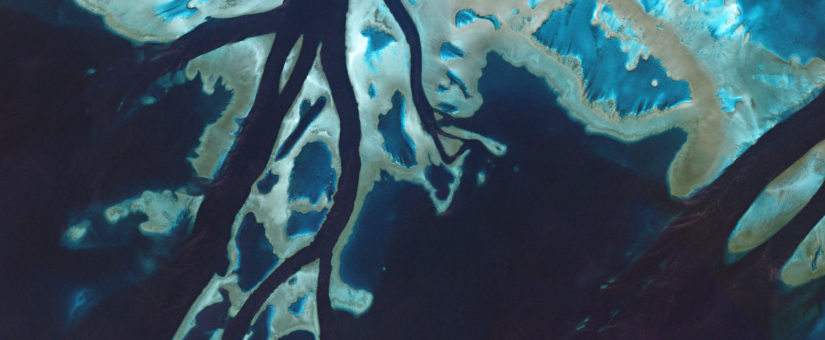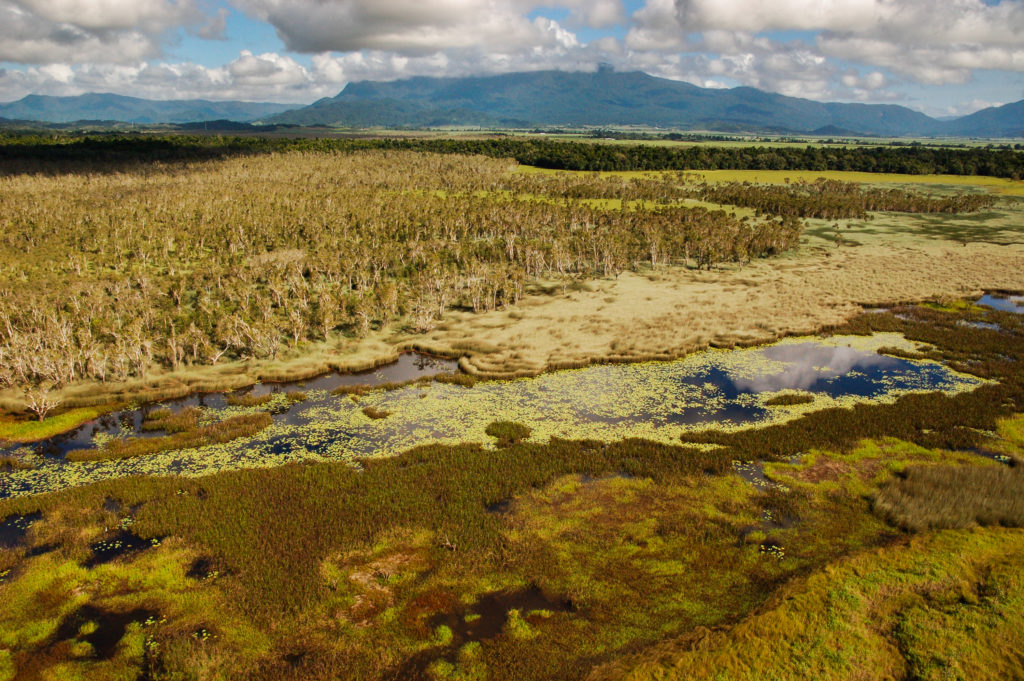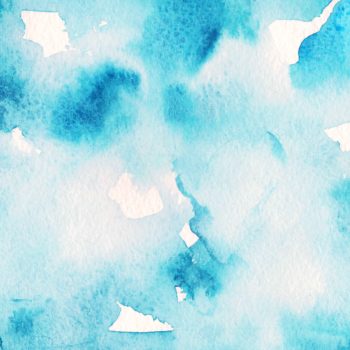
Wetlands: life support for the Great Barrier Reef
- Posted by Tom Rayner
- On July 26, 2019
The Great Barrier Reef (GBR) is well recognised as the one of the most biodiverse and valuable ecosystems on Earth. However, few of us appreciate that one million hectares of wetlands are the life support system for this important ecosystem. In this post, Dr Fernanda Adame and Emeritus Professor Angela Arthington explore the critical relationship between these two iconic habitats.
The GBR is not an ecological island. Instead, it is intimately connected to the adjacent Australian continent. The ecosystems of this landmass play a critical role in maintaining the high biodiversity, aesthetic and cultural values of the reef itself. This is particularly true of wetlands, which lie at the heart of the relationship between the reef and its catchment.
Values & threats
Wetlands include ecosystems that are regularly, permanently or occasionally flooded and host vegetation and animals adapted to life under these conditions. They include mangroves, salt marshes, freshwater swamps, springs, waterholes, and rivers.
Wetlands are good for the reef, good for the economy, and good for our health. They provide millions of dollars to the Australian economy, and unquantifiable yet valuable enjoyment, health and spiritual well-being. You just have to float in a crystal-clear waterhole, or breath the air as you ride a boat surrounded by mangrove forests to feel this.
In many ways, wetlands act as life support for the GBR. Through extensive research, we know that wetlands:
- improve water quality, thereby protecting the corals from excess nutrients and sediments;
- are reservoirs of biodiversity, including endemic, rare and threatened species;
- are important habitats for numerous fish species during their early and mature life stages, underpinning recreational and commercial fisheries;
- store large amounts of carbon, at rates much higher than many other ecosystems;
- protect coastlines from winds, waves, and flooding; and,
- sustain a large economy based on recreation and tourism through many activities, such as white-water rafting, bird watching, crocodile sighting, fishing and scenic boat tours.
For the past decade, wetland protection in the GBR region has ensured that rates of loss are low (relative to high rates of historical loss). However, wetlands still face many threats, mostly from the legacy of intensive land uses in their catchment. In our recent review, we identified that invasive species, poor water quality, modified hydrology, sea level rise, and increasing temperatures and salinity are some of the most serious threats to coastal wetland health.
Challenges & solutions
Easing these threats poses significant challenges. Wetlands are, by nature, highly connected elements of larger ecosystems. It’s hard, for example, to maintain good water quality in coastal wetlands and the Reef itself if we haven’t prevented excessive sediment and nutrient pollution originating in the upper catchments. Neither can we effectively remove an invasive species at one floodplain lagoon, without the risk of recolonisation shortly after a flood.
Restoring wetlands is also expensive, and funding for wetland management in the GBR catchment is relatively minor compared to funding for the reef. We must explore new opportunities and incentives for funding restoration, such as payment for ecosystem services, water quality trading schemes and carbon markets.
All of these actions are based on the principle that every benefit that we obtain from wetlands – from clean water, biodiversity and fish production, to tourism jobs – has a value, and the people who look after these wetlands should benefit economically from providing these services to society.
Sustaining the Great Barrier Reef
The health of the reef is declining, so it is imperative to ensure the life support system is in good condition, biodiverse, productive and functionally connected to the reef and its ecosystems. To achieve this requires a whole-of-catchment perspective, selecting the most cost-effective locations for conservation and restoration actions, and ensuring these actions are evidence-based, efficient and effective.
Meanwhile, just visit your local wetland, stay still, breath and observe, and you will understand the beauty and value of wetlands. Today we have the opportunity and the duty to look after them.






0 Comments